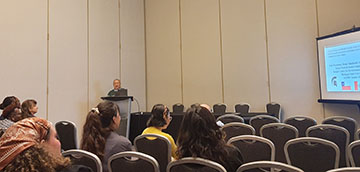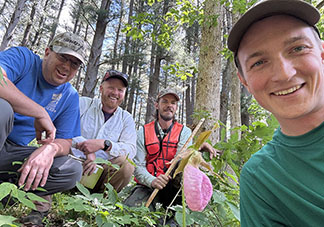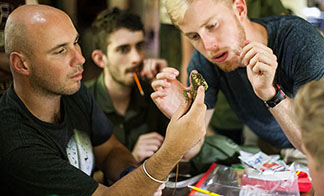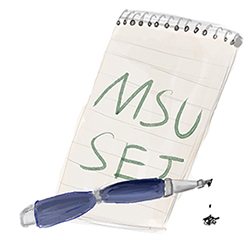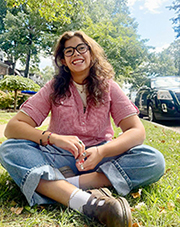By Clara Lincolnhol
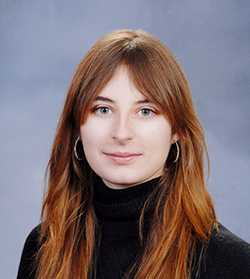
Clara Lincolnhol
My Knight Center summer internship with PBS/NPR-affiliate WKAR in East Lansing recently came to an end. It’s safe to say the expectations I had going into the job were exceeded. I walked away feeling like I had grown significantly, both as a person and a reporter.
Throughout this internship, I worked as an environmental news and radio reporting intern. I had the opportunity to localize my favorite beat to the community I live in. It was incredibly fulfilling covering my own and other nearby communities in Mid-Michigan and being a part of both local journalism and public media.
Having the opportunity to go on-site and interview people who were directly involved in or affected by issues was an immensely valuable experience.
A challenge I faced was adjusting to writing for radio and then voicing it. As someone used to print, it was difficult at times to effectively cut back what I was trying to say into verbiage better suited for a spoken, minute time slot. Thankfully my mentors at WKAR gave me great guidance. I felt that towards the end of my internship, I better understood how to write engaging copy + record a voiceover–and found it fun too! Continue reading

